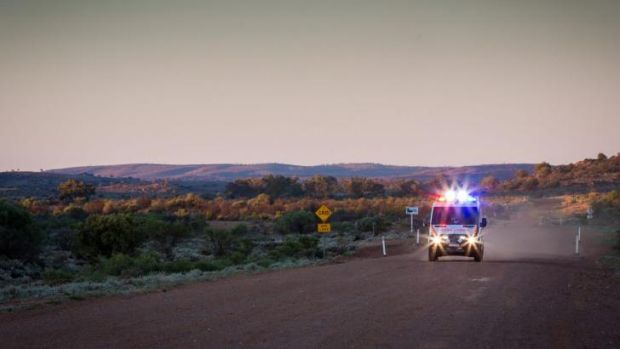Getting more locally trained doctors into rural areas has become a priority for Canberra
Assistant Health Minister Dr David Gillespie has announced a $93 million redesign of rural health strategies, including strategies to settle more locally trained doctors in the bush.
Announcing the investment in Perth at the weekend, the minister said a suite of redesigned programs would begin at mid-year following a targeted grants round.
After 20 years of boosting the medical workforce in urban and some regional areas of Australia, addressing shortages elsewhere was now a priority for the government, he said.
“Our primary focus must now ensure we address the lack of doctors and allied health professionals in many other parts of regional and remote Australia,” he said.
“Access to essential primary healthcare, quality of access, and future planning to build a sustainable workforce will be the key tasks for the workforce agencies,” Minister Gillespie said.
In other remarks, Dr Gillespie signalled the inflow of overseas-trained doctors, who carry a large part of the rural workload, would be eased back.
“Some years there’s like 1200 overseas-trained doctors coming in. That’s a lot,” Dr Gillespie told Australian Associated Press.
“That’s like a third of what we’re training. It’s not sustainable.”
After a meeting with the National Medical Training Advisory Network (NMTAN) in Melbourne on Friday, Dr Gillespie said the redistribution challenge was key to the future medical workforce.
“And I am determined to get it right,” he said. “The Australia’s Future Health Workforce Report – Doctors indicates Australia faces an oversupply of 7,000 doctors in Australia by 2030.
“Clearly the major challenge now is to ensure the distribution of our medical workforce so that all Australians have access to the services they need.”
He was seeking advice from key stakeholders in the medical profession and workforce about how to utilise education and training pathways to attract and retain doctors to the regions.
Medical training places and distribution would be considered in the context of past experience, the expansion of higher education places and the Coalition government’s priorities to address the maldistribution of medical professionals across regional, rural and remote Australia, he said.
“At key points in their training and development, the structure of the training system and a lack of advanced regional, rural and remote positions tend to force new doctors back to the cities, where they often settle.”
Dr Gillespie said getting to see a doctor was “really hard” in 30% of the country.
“It’s not acceptable, end of story. People in Australia in 2017 should be able to see a doctor.”
The new programs to tackle the imbalance will be overseen by the Rural Workforce Agencies operating in each state and territory.
The redesign is part of a suite of reforms that include the creation of a National Rural Health Commissioner, reform of medical training and distribution, and development of the rural generalist pathway to upskill GPs for practice in the regions.


